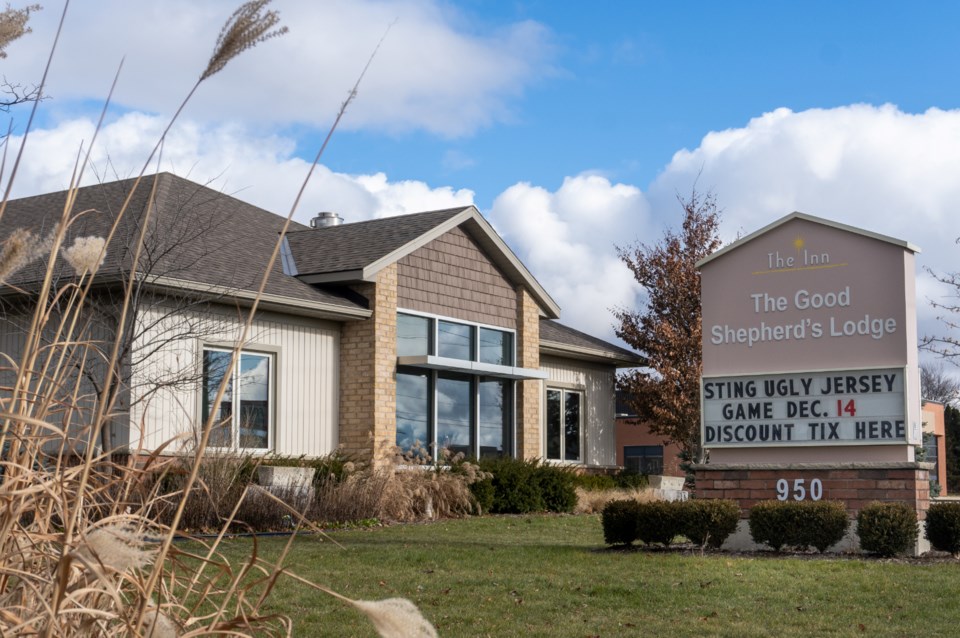Cathy Dobson
Sarnia-Lambton has received nearly $10 million from Ontario to combat homelessness during the pandemic, including $1.13 million that arrived unexpectedly this month.
The latest money is going to a temporary shelter set up at the former Central United Church, says Social Services General Manager Valerie Colasanti.
The George Street building was quickly converted in December with 28 beds to relieve pressure on the Inn of the Good Shepherd, which was filling local motels with overflow clients.
“(The use of Central United) has been highly successful,” Colasanti said. “We had supports there to help people navigate the system. It really helped when we needed it the most.”
Lambton County Social Services promised the former church would be vacated by the end of April, and it will be, she said. “In part, we’re using the $1.13 million to wind it down.”
The number of homeless at the former church has fallen from 28 to about 20.
The money is also used for other housing initiatives, including providing first and last month rent, rent supplements, and supporting an outreach team that works with those still in motels or “sleeping rough” on the street.
Without the provincial funding, the money would have come from county’s reserves, Colasanti said.
The $1.13 million is the final round of five payments promised by the province’s Social Services Relief Fund. It was created early in the pandemic when homeless numbers began to soar.
“Thank goodness for it,” said Colasanti. “We had a 400% increase (in homelessness) at the start of COVID. No one was prepared for that.”
Residents who were “couch surfing” found themselves out on the streets. Others lost jobs or had hours cut back and couldn’t afford rent.
The number of residents needing emergency shelter and food increased from 60 in February of 2020 to 285 four months later.
Ontario’s $10 million helped keep people off the streets, in emergency shelters, motels, hotels, and at the former Central United. It also helped pay for improvements to the prevention system to keep homelessness down after the pandemic is over, said Colasanti.
Currently, about 100 are living in local shelters. That’s higher than pre-COVID, but down from the peak.
Colasanti said the decrease is attributed to a large number of rent supplement payments, some people finding homes unassisted, some finding jobs, and others returning to couch surfing.
“COVID pointed to some flaws and gaps in our system,” she said. “They are fixed now and the system is much better.
“We didn’t know we were going to get this last round of funding but we had been talking to the Ministry of Municipal Affairs and Housing to say COVID is not over and we heard there may be more money.
“We’ve received significant dollars - and we’re thrilled to have them,” she said. “We just wish we could do longer-term planning.”
The solution to homelessness is more supportive housing, Colasanti added.
“In Sarnia-Lambton, we badly need supportive housing and we don’t have it, particularly for people with mental health and addiction problems.”
